Hi Kristina, Thank you for your comment. If you take a MyHeritage DNA test you can find out where your ancestors were from through our Ethnicity Estimate. You will also receive DNA Matches with those who tested and match your DNA. To learn more, click here:
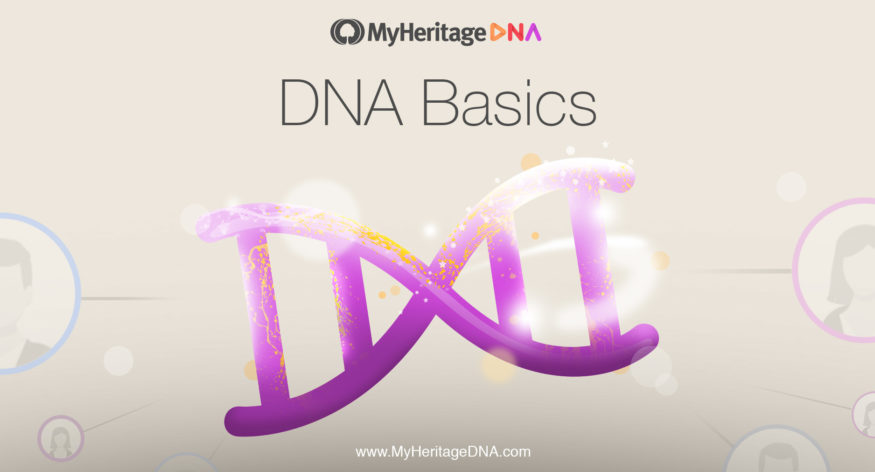

Hi, I’m Yael and as a new member of the MyHeritage team, I’m excited to share with you a new DNA Basics blog series. I completed my Ph.D. research in medical neurobiology at The Hebrew University in Jerusalem where I also taught physiology in the medical school. My laboratory specialized in genetic approaches to answering research questions. I’m proud to join MyHeritage, where we help millions of people find new family members and discover their ethnic origins.
A lot of people ask me how it all works. What are we really looking at when we analyze your sample in our lab? This new DNA Basics blog series will answer some of the most commonly asked questions by MyHeritage DNA users about the science behind DNA testing for family history.
This series will explain DNA for non-scientists. Are you interested in learning about DNA in general, curious about your personal Ethnicity Estimate results, or are you looking for a deeper understanding of how this tool can take your genealogical journey to the next level? If the answer is yes, DNA Basics is for you.
Genetics 101
Our bodies are composed of cells. The headquarters of each cell is the nucleus. Inside each nucleus is an identical copy of the unique instruction manual for YOU, written in DNA. There are more than 30 trillion cells in our bodies and, in each nucleus, is a copy of your DNA.
No one else’s DNA is exactly like yours. So if you know how to read your DNA you can learn much about who you really are.
Inheriting DNA
We inherit 50% of our DNA from our mother and 50% from our father. They each received 50% of their DNA from their mother, and 50% from their father. So when we look at your DNA, we’re looking at about half of your mom’s and half of your dad’s, which is about 25% of each of your grandparents, or 12.5% of each of your great-grandparents. In other words, by looking at your DNA, we can see little pieces of all your ancestors who together gave you the exact combination of DNA you have today.
Sharing DNA
It follows that two people, who have inherited DNA from the same source, will have some common DNA. For example, a daughter who received 50% of her mother’s DNA and 50% of her father’s DNA, will share some of the same DNA as her brother, who also inherited half of his DNA from each parent. The siblings may have inherited a different 50% of each parent’s DNA, and so the siblings won’t have identical DNA but they will have about 50% in common.
That means you have 50% of your DNA in common with your mother, 50% in common with your father, and 50% in common with each of your siblings. Two anonymous DNA samples with 50% overlap might be a brother and a sister, or a child and a parent. To identify the relationship, we first look at the gender of the samples. Males will have a Y chromosome in their DNA sample and females won’t. Next, we look at the age of the sample donor, if we have it. That part isn’t written in the DNA itself. Knowing those three pieces of information — the amount of DNA in common between the two samples (in the current example, 50%), the donors’ genders, and the donors’ ages — is enough to give a good estimate of the relationship between the sample donors. Two people with 50% DNA in common, both female, 30 years apart in age, are most likely mother and daughter.
DNA and you
DNA carries the code for YOU — your eye color, hair color, height, even whether you hate the taste of coriander, is written in your DNA. That’s why two people with common DNA have common features. The more DNA in common, the more features you would expect to have in common. If you’ve always been told you look like your mother, or have your father’s nose, or if people who have never met your siblings know you’re related the instant they meet them, now you know why!
DNA and your family
While you have a large portion of DNA in common with close relatives, you have a smaller portion in common with more distant relatives. Two distant cousins who have never met but have a common ancestor will have a small piece of DNA inherited from that ancestor in common. That’s the basis for using DNA tests to discover relatives you otherwise wouldn’t know about.
How small a portion of common DNA depends on how many generations back the common ancestor was. Combined with our huge database of family trees where we have the types of clues discussed above (such as gender and age), MyHeritage DNA has reunited families all over the world. Check out real user stories here on MyHeritage Stories.
DNA and your family’s past
Generations ago, people didn’t move around as much as we do today. They didn’t fly cross-country or across oceans. Most people married and died in the same region where they were born. Because people married other people from the same region, and had children who then married in the same region, a correlation can be seen between DNA and geographic location. This was especially true for geographically isolated places like the island of Ireland.
Sometimes this insular DNA inheritance wasn’t necessarily geographic — it may have been cultural. For example, Jews or Mennonite Christians married and had children within their own groups for generation after generation, creating a correlation between DNA and cultural identity.
When you do a MyHeritage DNA test, we compare your DNA to our models of DNA from different ethnicities to see which ones you match. MyHeritage Ethnicity Estimates include 42 ethnicities. Reading DNA Basics will help you understand more about how we’re able to provide the best ethnicity breakdowns in the market.
Stay tuned
DNA Basics posts will appear monthly. We hope you’ll follow the series for a better understanding of DNA and how DNA testing can help you learn about yourself and your family. We welcome your questions and comments and look forward to exploring DNA together!



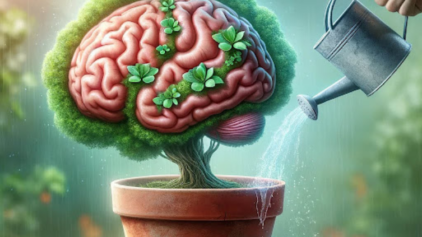

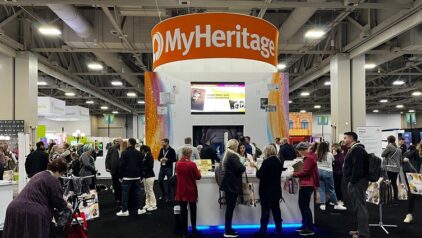
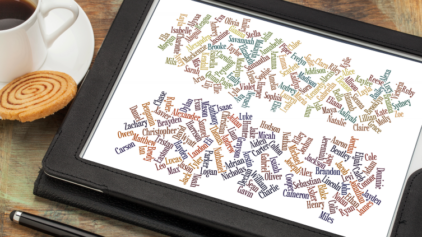
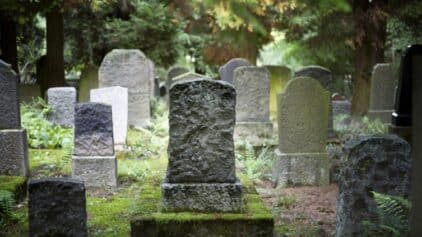
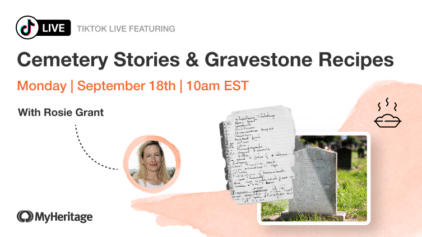

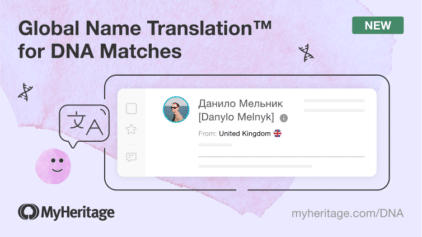

Kristina Marshall
November 9, 2017
Hi 🙂 I am unasure of who my father is, would this test let me know his nationally? Also my son is wanting to have one one also to find out his ancestory.
Many thanks
Kristina